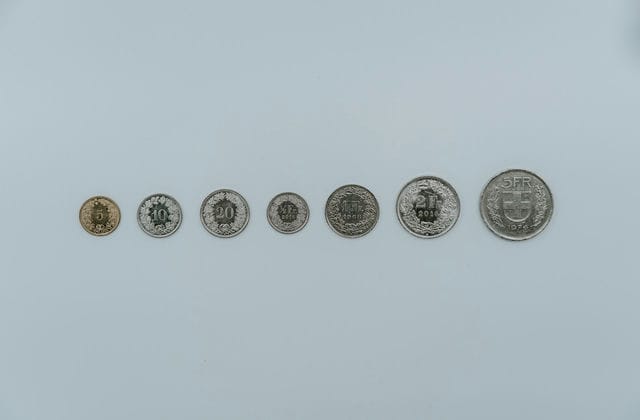What is Stellar ?
Simply put, Stellar is an open network that can be used to transfer and store money, and when it was first launched in July 2014, one of its goals was to make financial services more inclusive and accessible to the world's unbanked; but soon after, the focus shifted to helping financial players connect with each other through blockchain technology.
The network uses a native token called Lumens, which acts as a bridge to reduce the cost of cross-border transactions. The main goal is to challenge existing payment providers, who often charge high fees for similar services.
You may think these look familiar, and that's because Stellar is the very agreement published on the basis of Ripple Labs. The blockchain emerged as a result of a hard branch, so the code has been rewritten.
Who started Stellar?
Jed McCaleb co-founded Steller with attorney Joyce Kim in 2013 after leaving Ripple due to disagreements about the company's future direction.
Explaining the idea behind Stellar to CoinMarketCap in September 2020, McCaleb said: "The original design of Stellar was to allow you to hold fiat and other forms of value in parallel with each other, and also to work with various crypto assets at the same time. This feature is crucial to maintaining the mainstream status of the local currency.
McLaceb's goal is to ensure that Stellar allows users to transfer between fiat and cryptocurrency assets, reducing the resistance that the public often encounters when sending money around the world.
McLaceb currently serves as Stellar's Chief Technology Officer and is a co-founder of the Stellar Development Foundation. The non-profit organisation's goal is to increase the mobility of money, make markets more open and empower people to contribute to the growth potential of the global economy.
What's unique about Stellar?
For many people, transaction fees are a major barrier. However, high fees do not only occur on fiat currency trading solutions like PayPal, but also on the Bitcoin and Ether blockchains, mainly due to transaction congestion.
What makes Stellar so special is that each transaction costs just 0.0001 XLM, and at the time of writing, each unit of XML cryptocurrency costs just a few cents, thus ensuring that users lose less money in the process.
Few blockchain initiatives have been able to maintain a good relationship with large technology companies and fintechs. A few years ago, Stellar partnered with IBM to launch World Wire, an initiative that allows large financial institutions to use the Stellar network for trading, as well as transitional assets such as stable coins.
While other blockchains have community funds that provide grants for projects that help their ecosystem grow, Stellar allows users to vote on which companies can be supported in this way.

What is the current circulation of Stellar (XLM)?
When the Stellar network went live in 2015, 100 billion XLM tokens were issued - however, this has now changed. The total supply so far is set at 50 billion XLM, with a total of 20.7 billion in circulation today.
In 2019 the Stellar Development Foundation announced that more than half of its cryptocurrencies are being destroyed. As a result, the foundation currently controls approximately 30 billion XLM tokens. A portion of its funds are primarily used for marketing and organizational development, with around a third of the funds reserved for investment in other blockchain ventures.
Explaining the drastic change in strategy and stating that it will not be destroying any XLM in the future, the Foundation states: "The Foundation itself can be leaner and do its intended work while using fewer Lumens tokens; the 55 billion Lumen tokens will not increase Stellar's acceptance".
How is the Stellar network secured?
The Stellar network is secured through the Stellar Consensus Protocol, which has four main features: decentralized control, low latency, resilient trust and progressive security.
Through the Stellar Consensus Protocol (SCP), anyone can join the consensus-building process; no single individual has sole control under the majority rule mechanism. Transactions can be confirmed in seconds at a low cost, and there are security mechanisms in place to control any unscrupulous individuals who wish to participate in the process.
Where can I buy Stellar (XLM)?
Stellar notes that XLM is available on a number of top tier exchanges including Coinan, Coinbase, Kraken, Bittrex, Bitfinex, Upbit and Firecoin.





























